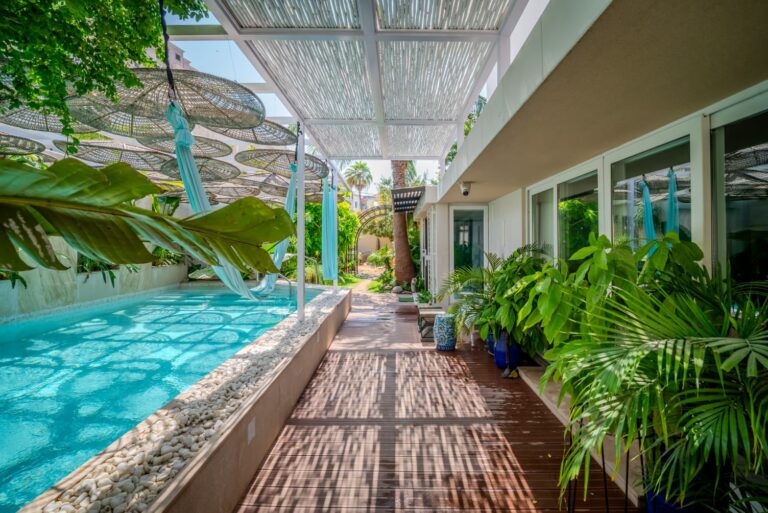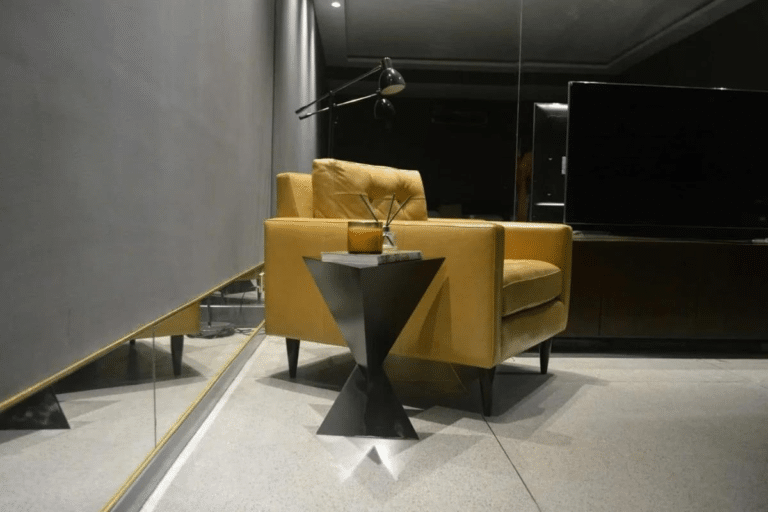When it comes to small spaces, every inch counts. Whether you’re living in a cosy apartment or working in a compact office, maximizing the potential of your space is essential. Luckily, with the right approach to architecture and interior design, you can transform even the tiniest of spaces into functional and stylish areas that meet your needs.
Here are some basics to keep in mind when revitalizing small spaces:
Architecture and Interior Design Starts with a Plan:
If you don’t plan beforehand, chances are that you will end up Before diving into any design decisions, take the time to carefully plan out the layout of your space. Consider how you will use the area and what features are essential to include. This planning stage is crucial for making the most of every square inch.
Utilize Vertical Space in Architecture and Interior Design:
In small spaces, verticality is your best friend. Look for opportunities to maximize vertical storage by installing shelves, cabinets, or wall-mounted organizers. This not only helps free up floor space but also adds visual interest to the room.
Modern Architecture and Interior Design encourage choosing Multi-Functional Furniture:
When selecting furniture for small spaces, prioritize pieces that serve multiple purposes. For example, a sofa bed can provide seating during the day and transform into a comfortable sleeping area at night. Similarly, a dining table with built-in storage or foldable chairs can save space in a compact kitchen or dining area.
Keep the interior Light and Bright:
Light colours and ample lighting can make a small space feel larger and more inviting. Opt for neutral paint colours on the walls and choose furnishings in lighter hues to create an open and airy atmosphere. Additionally, incorporating various light sources such as overhead fixtures, task lighting, and floor lamps can help illuminate the space and prevent it from feeling cramped.
Embrace Mirrors While Designing Interior:
Mirrors are a powerful tool for visually expanding small spaces. Strategically placing mirrors on walls can create the illusion of depth and reflect natural light, making the room feel brighter and more spacious.
Declutter Regularly:
Messy place never looks spacious and good. Clutter can quickly overwhelm a small space, so it’s essential to stay organized and declutter regularly. Invest in storage solutions such as baskets, bins, and organizers to keep items neatly stowed away and surfaces clear.
Modern Architecture and Interior Design Pays Attention to Scale:
People usually do not think of the space size which buying decoration pieces however, it is quite important to think about it. Buy those decoration items that not only look stunning but also do not clutter the space. When decorating a small space, it’s crucial to pay attention to scale. Avoid oversized furniture or accessories that can overpower the room and instead opt for pieces that are proportionate to the space. This will help maintain balance and harmony in the design.
Add Personal Touches:
Your space should represent your personality. So, don’t forget to infuse your personality into the design. Whether it’s through artwork, textiles, or décor accents, adding personal touches to the interior can make a small space feel like home.
Add Texture and Personality:
Infuse the space with texture and personality to make it feel cosy and inviting. Incorporate textiles like rugs, curtains, and throw pillows to add warmth and visual interest. Display artwork, photos, or personal mementos that reflect your style and personality.
Greenery and Natural Elements:
Bring the outdoors in by incorporating plants and natural elements into your small space. Indoor plants not only add a pop of colour and texture but also improve air quality and create a sense of tranquillity. Consider adding a small indoor garden, terrarium, or succulent arrangement to liven up the space.
Regular Maintenance:
Finally, make it a habit to regularly maintain and update your small space. Keep clutter at bay, refresh décor periodically, and adapt the layout as your needs evolve. By staying proactive, you can ensure that your revitalized small space remains functional and enjoyable for years to come.
In conclusion, maximizing small spaces is all about strategic planning, clever design choices, and efficient use of resources. By following these basic principles of architecture and interior design, you can transform even the most limited of spaces into functional, stylish, and inviting environments that cater to your needs and lifestyle.
Karimjee Residence: For a family of four, the Karimjee dwelling, a project that included
the entire interior design of the home, was started. Have a look!







